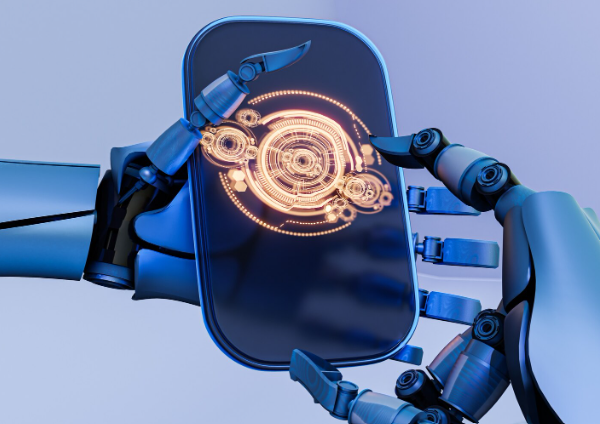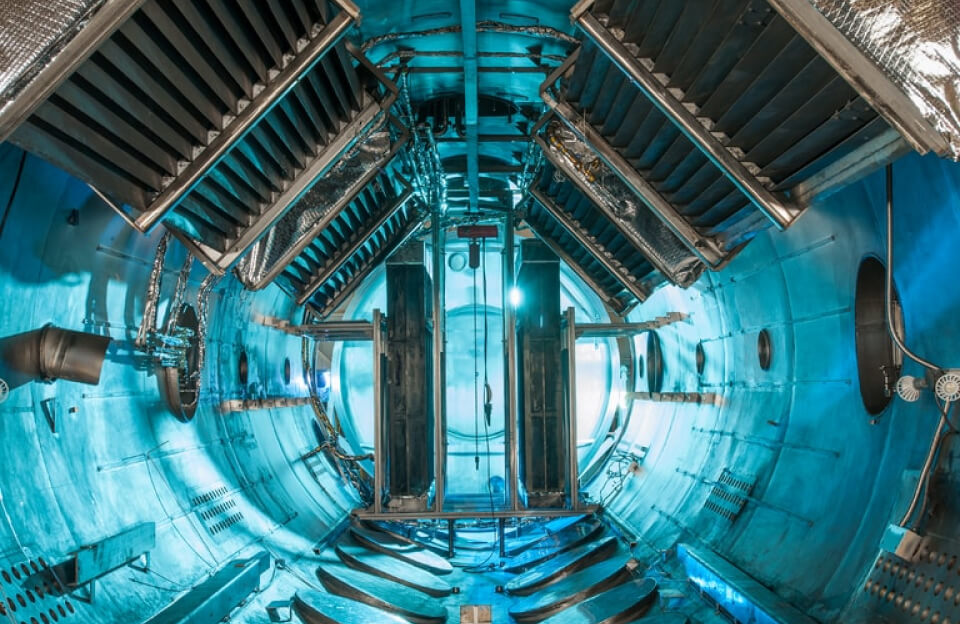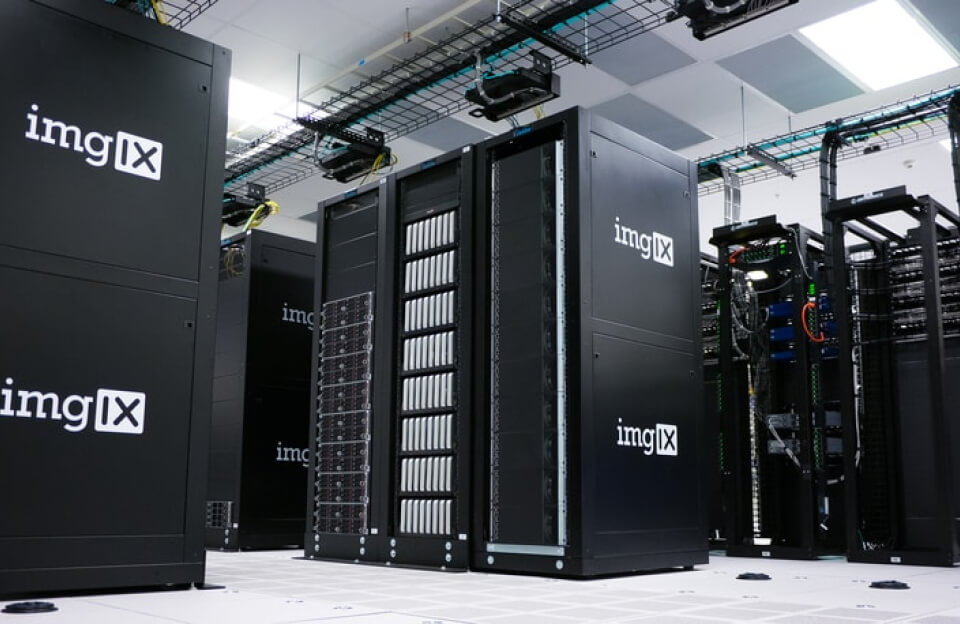In recent years, Generative AI Applications have begun emerging as a swift game-changer for technology and business. From automating commercial text to creating realistic images and music, these AI-powered tools have largely transformed some industries in the U. S. Businesses, developers, and even end-users are now discovering newer ways of employing this technology, thus perhaps being the most talked-about innovation of the 21st Century.
In this article, we will discuss generative AI, its applications in real life, its benefits, its challenges, and how US companies utilize it to gain a competitive advantage.
What Are Generative AI Applications?
Simply put, Generative AI Applications are software powered by artificial intelligence that creates text, images, videos, music, and code. Unlike conventional AI, which mainly analyzes and predicts data, generative AI now generates new, original content based on the patterns it learns.
For example, ChatGPT produces human-like text output, and DALL·E can produce awe-inspiring images based on the description: generative AI, thus, is able to go beyond mere automation; it offers creativity at an unimaginable scale.
Key Industries Using Generative AI Applications
Healthcare
In the U. S., healthcare may offer some of the most promising applications for generative AI. The AI models, for instance, could be used to design new drugs, simulate chemical reactions, and even aid in medical-image analysis. There are also other medical applications where hospitals and research centers use these applications to improve diagnosis, predict patient outcomes, and accelerate drug discovery.
Meanwhile, AI-generated synthetic data can be utilized by researchers for the purposes of testing models without posing a threat to patient privacy. Hence, generative AI applications not just make work efficient but also quality-oriented towards patients.
Marketing and Advertising
Marketing teams throughout the United States increasingly use generative AI applications to create personalized content for campaigns. They write blog posts, social media updates, design graphics, and videos that save time while remaining creative.
Moreover, generative AI can study customers’ behaviors and generate content for target audiences, leading to higher engagement, conversion rates, and better use of ad funds.
Entertainment
The entertainment industry is being drastically changed by Generative AI Applications went into. For instance, it cannot generate scripts, generate realistic visual effects, or compose music. Video game developers, film studios, and music producers in the U. S. are using AI in production and as a means of evolving interactive experiences.
As an instance, AI-generated characters and backgrounds lessen production costs and speed up creative workflows so that artists and developers can concentrate on macro-level storytelling.
Education
The educational platform, in general, adopts generative AI applications to personalize learning journeys. AI will craft an interactive lesson, aid in simulating real-world scenarios, or produce practice questions for students, depending on the individual needs of a particular student.
Teachers in the U. S. find these tools extremely helpful in cutting down preparation time and producing tailor-made contents that meet students’ specific needs. Hence, AI is making learning experiences much more fun and fruitful.

Advantages of Generative AI Applications
With the surge in applications of generative AI, naturally, there come several significant benefits for firms, educators, and individuals alike:
- Creativity-Enhancing-These computer programs generate ideas, designs, and content with which human creators can associate.
- Time Efficiency – An automated system of content generation can take away hours from people doing monotonous tasks.
- Cost Savings–Since various creative and analytical processes can be automated, businesses can cut down on labor costs.
- Personalization–AI-generated content can, in fact, be personalized for users, based on their preferences.
- Innovation-Generative AI creates ample possibilities for building such products, services, and experiences which before were not imaginable.
In addition, the conjunction of human creativity with AI capabilities clearly manifests itself as a powerful means to achieve not only quicker but also higher-quality results.
Challenges and Ethical Considerations
Despite the promising nature of generative AI applications, they present challenges and ethical questions:
- Accuracy and Reliability – At times, the accuracy of AI-created content is questionable; worse, it can even be misleading.
- Copyright Issues–AI-produced content creates yet another rift in the concepts of intellectual property.
- Bias-AI-based systems may practice the bias that is present in the training data.
- Job Displacement: If not handled properly, automation could bring about changes in creative and analytical jobs.
In this light, setting in place ethical rules and regulations for AI, monitoring AI outputs in the USA, and maintaining transparency will give us all the greatest potential for good while minimizing the least potential for risk.
Popular Generative AI Applications in the USA
Furthermore, some of the most widely used generative AI programs are increasingly popular across various industries:
- ChatGPT-Generation of human-like text, answering questions, and content creation.
- DALL-E: Generation of high-quality images from text descriptions.
- Copy.ai: Marketer copy and social media content generator supported by AI.
- OpenAI-Jukebox: AI-generated music and soundtracks.
Runway ML-Reputation in video editing and AI-based content creation.
Such tools show the generative AI versatility that allows businesses and creators to envisage new possibilities.
Coming Soon to Generative AI Applications
Generative AI applications show truly promising developments, especially in America, where technological innovation leads the way. Experts believe that the next generation of AI will be more creative, precise, and capable of understanding context.
Some of the trends emerging include:
- AI-assisted software development—Code generation and automated testing.
- Virtual assistants and chatbots-Services for human-like interaction with businesses and consumers.
- AI-generated virtual worlds-Gaming, simulations, and VR experiences.
- Co-creative AI labs-Real-time collaboration between humans and AI.
With the development of AI technology, these applications will become key tools in company operations and consumer experiences.
How U. S. Businesses Harness Generative-AI Applications
The United States businesses are powering investments in generative AI applications to gain an edge:
- Startups use AI to launch new products fast and in a cost-efficient way.
- Large corporations use AI to up their marketing, fast-track work processes, and improve their customer service.
- Educational institutes use AI tools to foster personalized learning and improve student performance.
As businesses across the United States acknowledge generative AI, they continue to increase efficiency while focusing heavily on innovation and technology adoption.
Conclusion
Putting it shortly, huge generative AI applications are transforming industries all over the USA, from healthcare and education to entertainment and marketing. These AI applications enhance creativity, reduce time and costs, and enable businesses and individuals to tread further avenues.
Today, as is with any technology, the ethical considerations must be addressed; accuracy must be ensured; and responsible use must be adopted. With this, companies and creators can fully exploit the generative AI applications to drive innovation and growth in the American market.
Be it for an entrepreneur, a teacher, or a creative person, understanding generative AI applications and using them will be paramount if anyone wants to stay ahead in this rapidly moving digital space.



